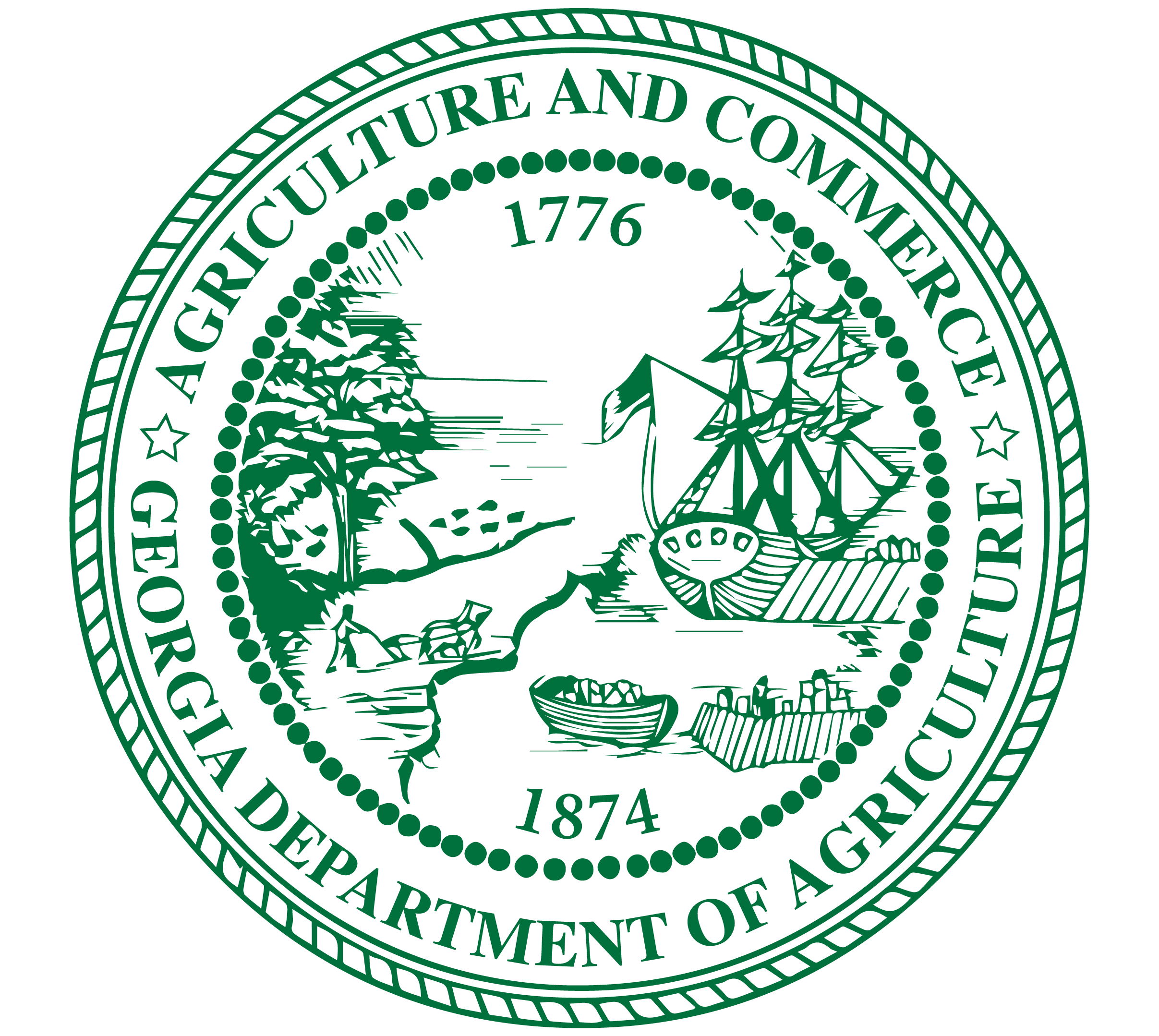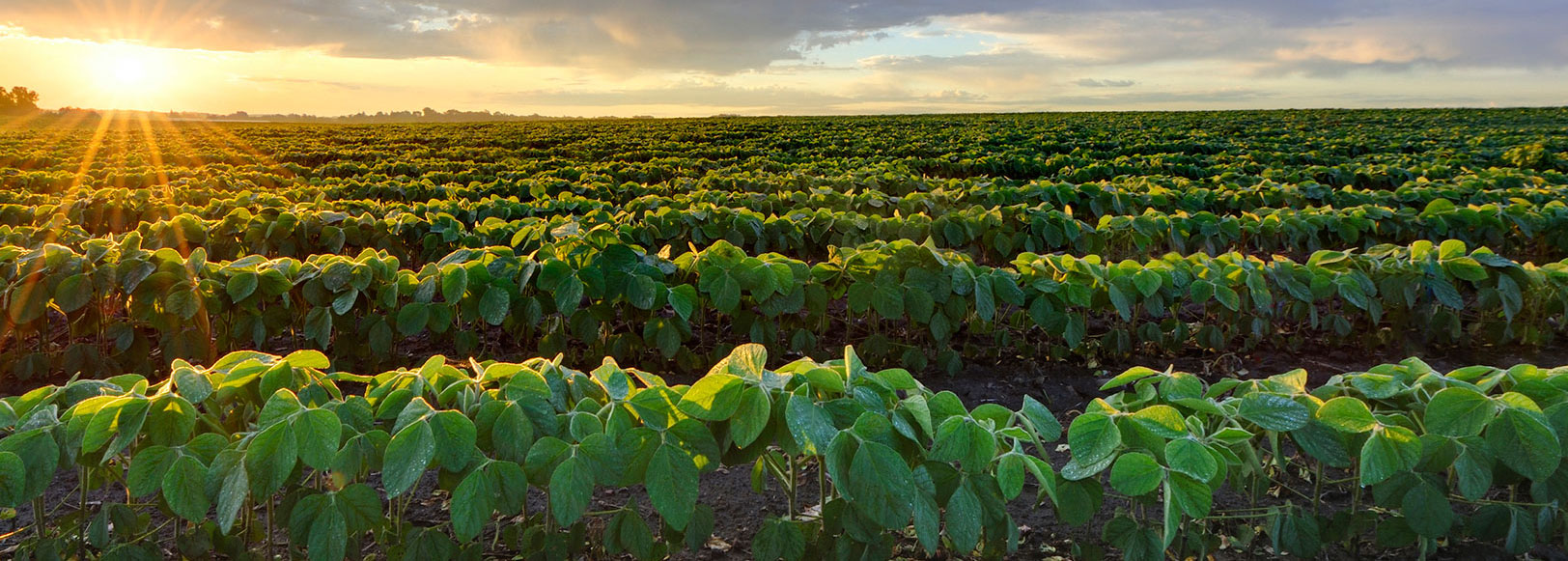On Aug. 3, Borden Dairy announced it would be closing its processing plants in Dothan, Alabama, and Hattiesburg, Mississippi by Sept. 30, along with associated distribution branches. The move left milk producers scrambling to access processing facilities and some school districts have had to work to avert potential supply interruption for school milk programs.
Since May, the company, which filed for bankruptcy in 2022, has sold, closed or leased nine of its 14 processing facilities. The company still operates its facility in DeKalb County.
According to Georgia Milk Producers Inc. (GMP), about 20 Georgia dairies were producing milk for Borden, and GMP Executive Director Bryce Trotter said indications are all of them have found other co-op groups to market their milk.
The Georgia Department of Education School Nutrition Division indicated that 38 school districts, primarily located in the south and southwestern portion of the state, have been affected by closure of the Dothan plant. However, Georgia State School Nutrition Director Linette Dodson noted in an email that many of these districts have found permanent or temporary distribution solutions to sourcing milk for student meals. The state agency is working with USDA and The Dairy Alliance to provide ongoing solutions.
In Alabama, an estimated 100 school systems and government agencies have sought alternate sources of milk, according to multiple media reports.
According to Milkshedsblog, the Dothan and Hattiesburg closures also will affect dairies in Tennessee, Alabama and Mississippi. Borden products have a distribution area which covers a wide swath of the lower southeast, including the Gulf’s coastal tourist areas.
The Milkshedsblog post from Aug. 4 said the Southeast is quickly becoming a ‘milk desert,’ which is defined as a region of significant population with limited access to nearby farms which produce nutrient dense foods, in this case milk. Milk processing plant closings present a concern about food security for an area with 25% of the U.S. population.


